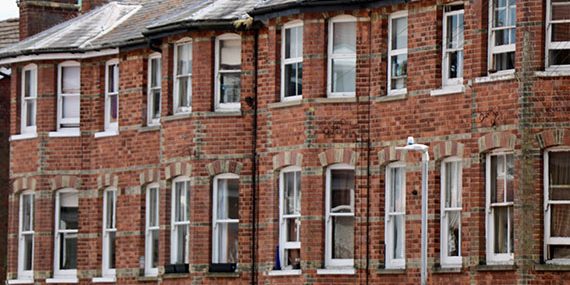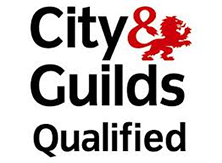Visiting Royal Tunbridge Wells is a feast for the eyes and a walk back through history – particularly if you like architecture. Originally established in the early 17th century, it grew around the iron-rich chalybeate mineral waters spring, touted for its healing properties. What began as a spa town, took on Royal status and is still popular today for its rich architecture and a stroll through the Pantiles and town centre. Discover the town’s Georgian past and modern future with a walk around Royal Tunbridge Wells with us.
The Pantiles
The 18th century saw the town flourish as royalty and aristocracy flocked to see, to be seen, and to ‘take the waters’. After a healthy draught of chalybeate (literally, ‘iron rich’) waters, it was customary to walk along ‘The Walks’, the original name for what we know today as The Pantiles. An impressively preserved Georgian colonnade, The Pantiles houses shops, galleries and cafes for today’s visitors.
Georgian architecture in Royal Tunbridge Wells
Perhaps the most famous style associated with Royal Tunbridge Wells, it is also the one that dominates around the town. Thanks to a series of well-established conservation areas, the existing Georgian buildings have been retained and well preserved.
In addition to the Pantiles and swathes of townhouses with their distinctive Georgian style, the Hotel du Vin is another excellent example. Typically constructed of red brick, and occasionally sandstone, sash and bay windows dominate this architectural style. Find out more about what defines this style and what its main features are.
Victorian and Edwardian architecture in Royal Tunbridge Wells
Georgian architecture may well be the dominant style in the town. However, there are plenty of Victorian and Edwardian examples to marvel at too. The Great Hall, found at the southern end of Mount Pleasant Road, is an excellent surviving example of Victorian style. It has had a number of different uses, ranging from public cultural activities in the 1800s to a cinema and nightclub in the 1980s. It currently houses a shopping arcade.
Further up Mount Pleasant Road is the Opera House, which today is a Wetherspoon’s pub. Despite an interior fire in due to an unexploded bomb in the Second World War, the façade has survived. Inside, the stage and balconies have been preserved. Outside, the Edwardian-Baroque design is as elegant as ever, with its distinctive red bricks, sash windows and cupolas.
Modern architecture in Royal Tunbridge Wells
While the town escaped any significant damage during the Second World War, its proximity to London meant that it became a popular place to live outside the city. More modern construction began to appear which continues today. Large housing estates sprang up to the north and south to house the influx of people. Smaller developments continue to appear offering apartments and townhouses. Building materials have remained faithful to the town’s architectural history, with light-coloured and red brick designs being the most popular.
There are new, modern landmarks in the town now too. The Millennium Clock Tower, made of steel and located at Fiveways in the town centre, is a recognisable, well-known attraction. The work of sculptor Jon Mills, it was erected in 2000 to mark the turn of the millennium.
Did you know?
Although Tunbridge Wells began to grow as a town in the late 1600s, it was not until 1909 that it took on its Royal status. King Edward VII granted it in celebration of the number of royals who visited.
Developing your home’s space
If you live in and around Royal Tunbridge Wells you may find that being in a conservation area restricts your options somewhat. However, that does not mean that you cannot extend or alter the interior of your home to grow your space. You may need planning permission, and sensitive design and choice of materials are important considerations. We have the knowledge and experience to help.
A partner to help design your home
Talk to us about how we can help you design your home, extending or converting your existing space. Feel free to browse some of our case studies to see examples of our work or get in touch to find out how we can help you too.
Sources:
Visit Tunbridge Wells: https://visittunbridgewells.com
The Independent (travel): https://www.independent.co.uk/travel/hiddengems/discover-sights-royal-tunbridge-wells-a8623596.html
Tunbridge Wells Borough Council: https://tunbridgewells.gov.uk/
Ask us anything about architecture and building consultancy.
We’re ready to advise.






